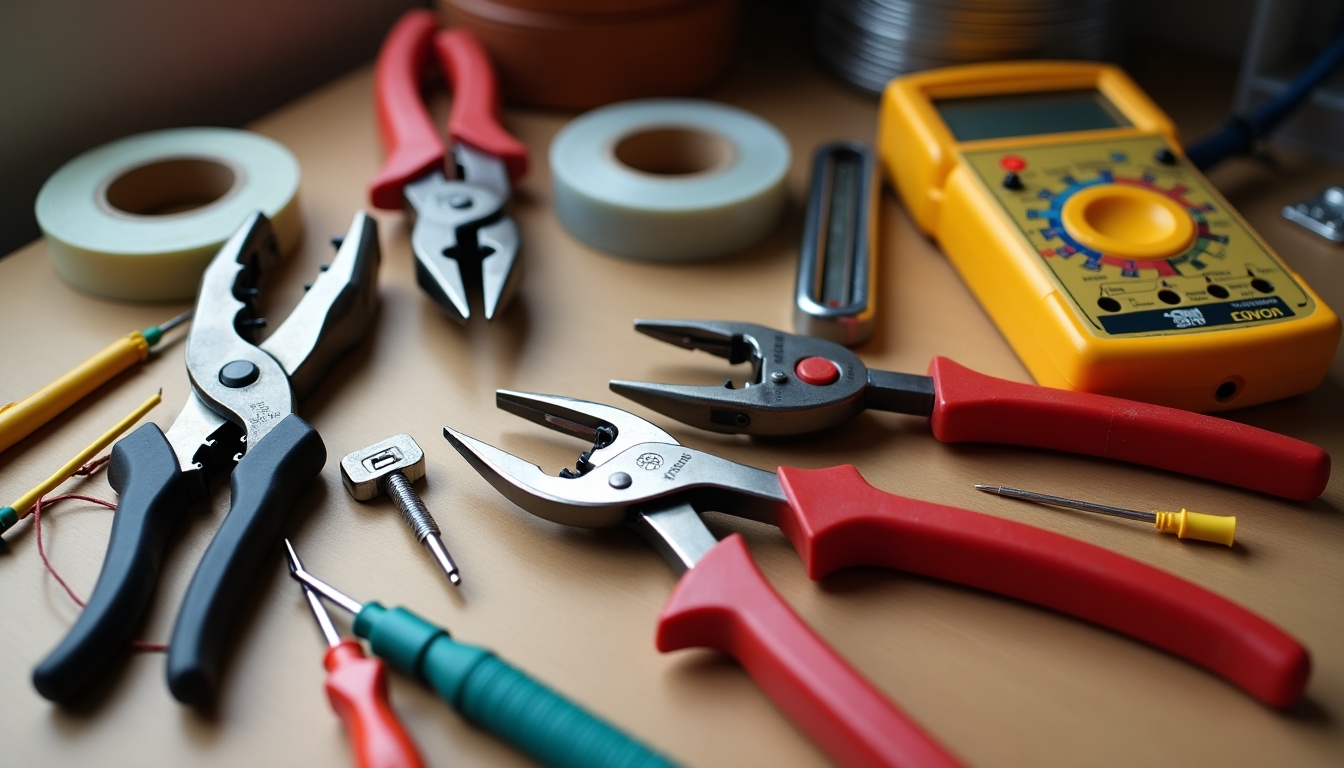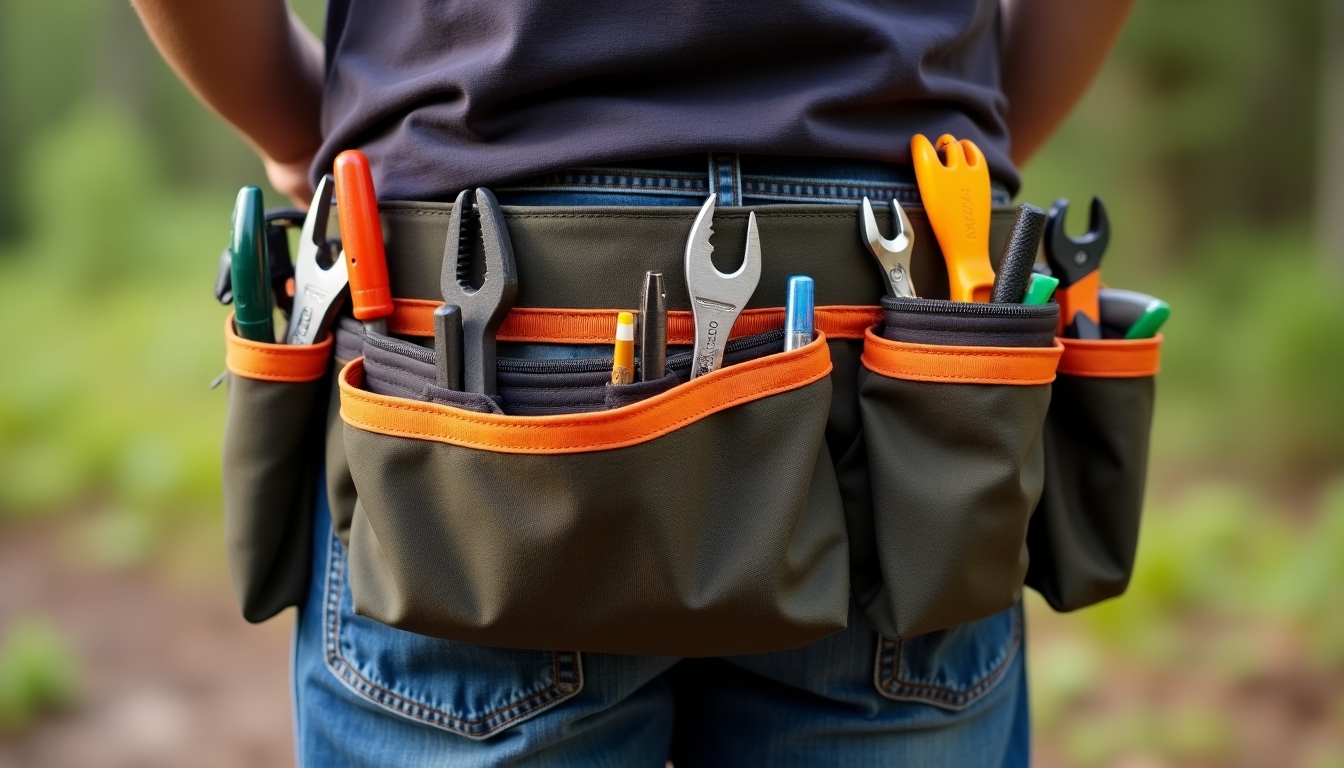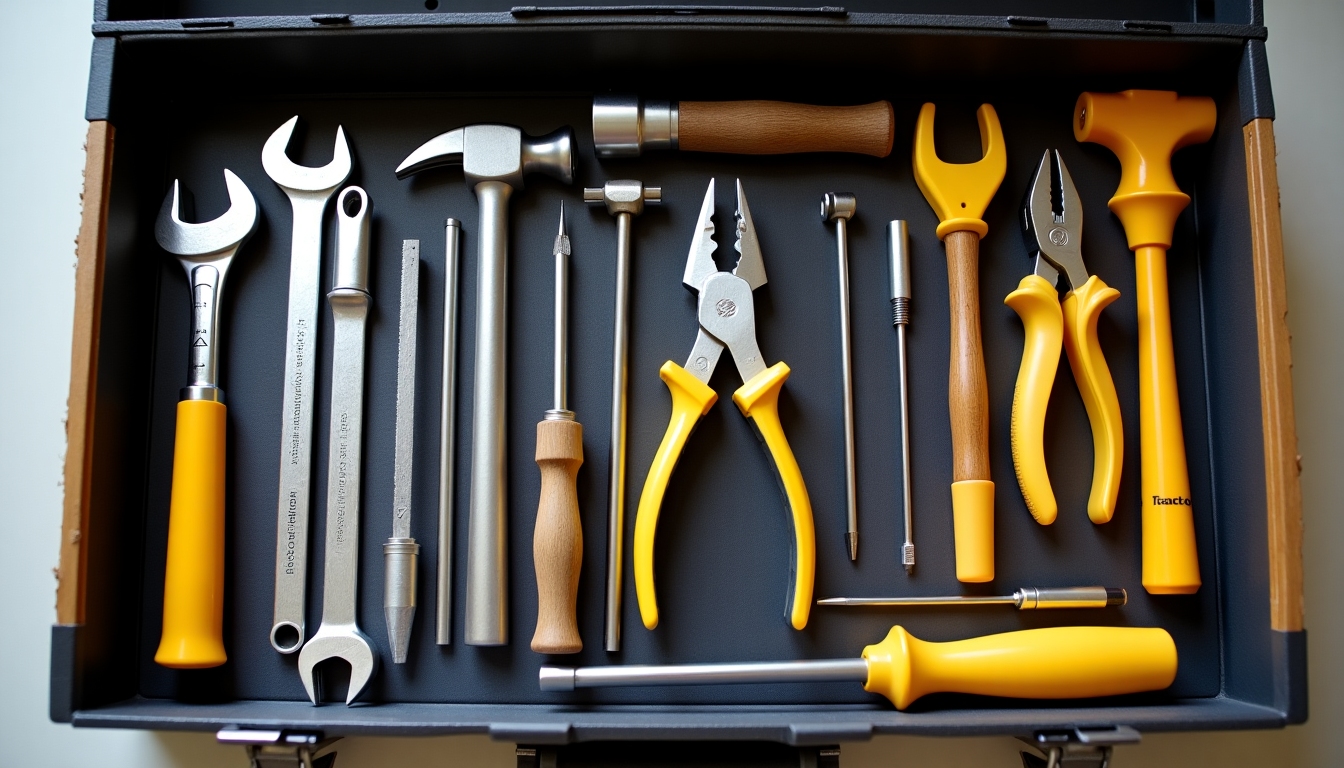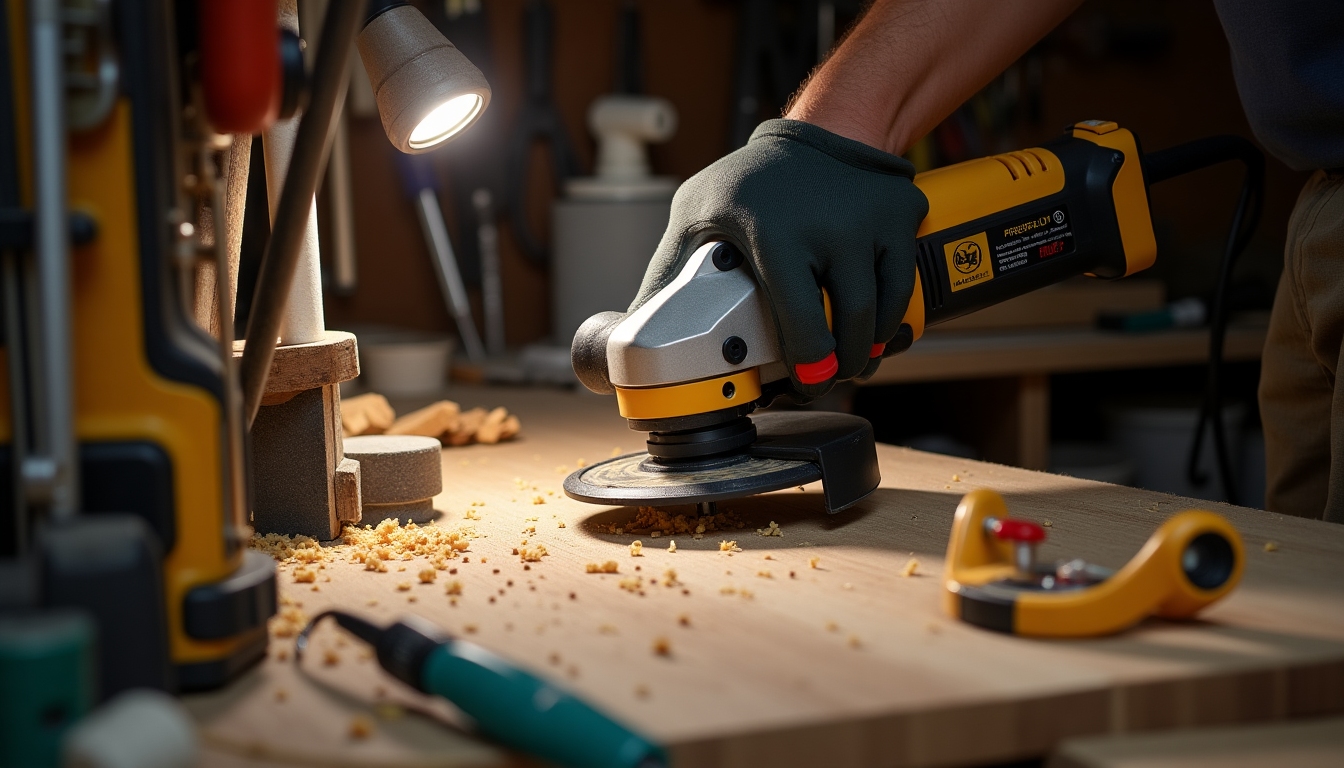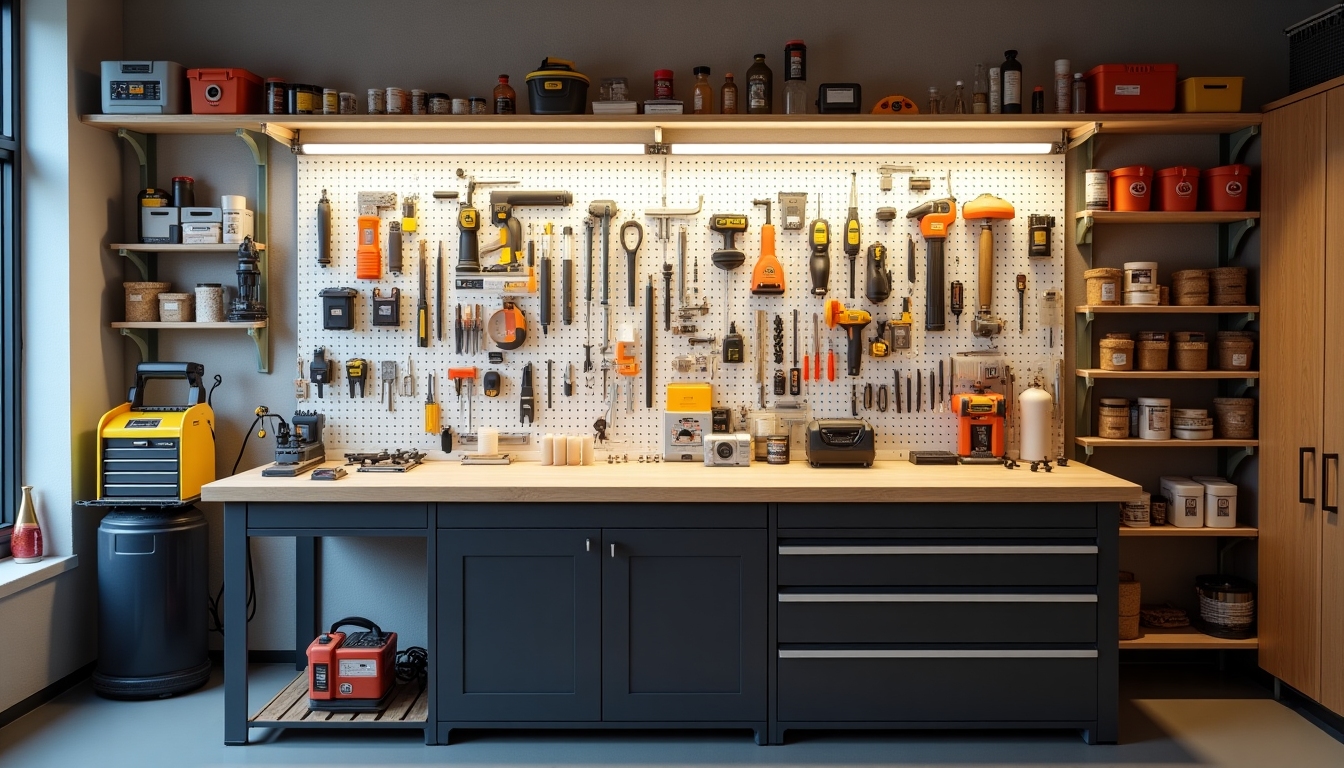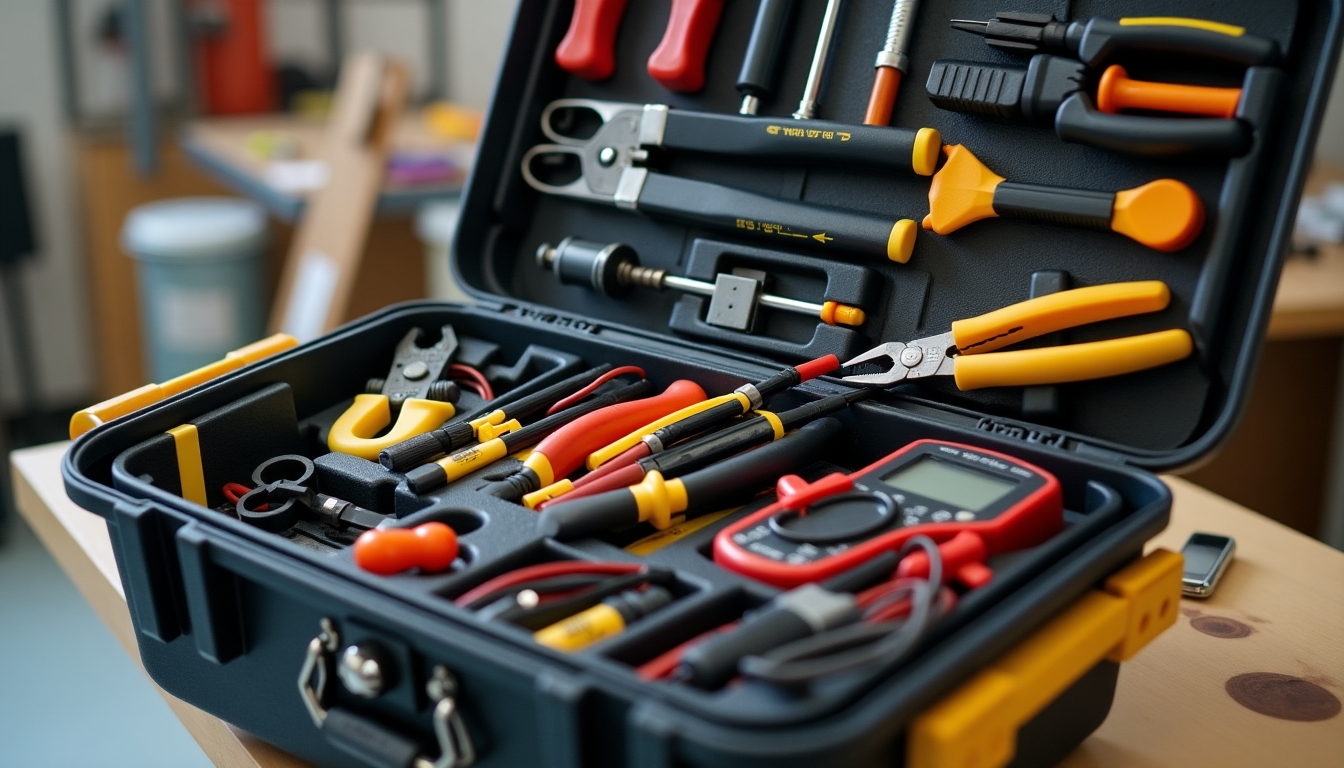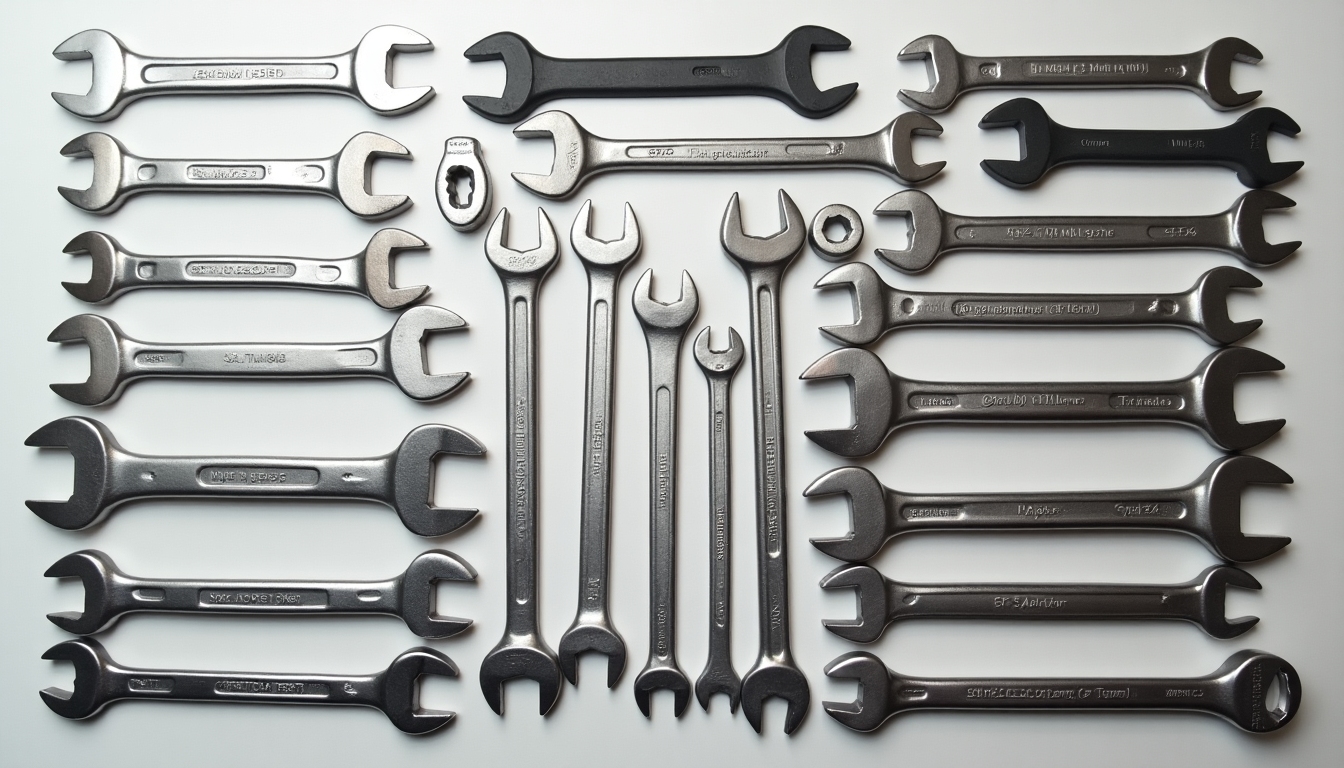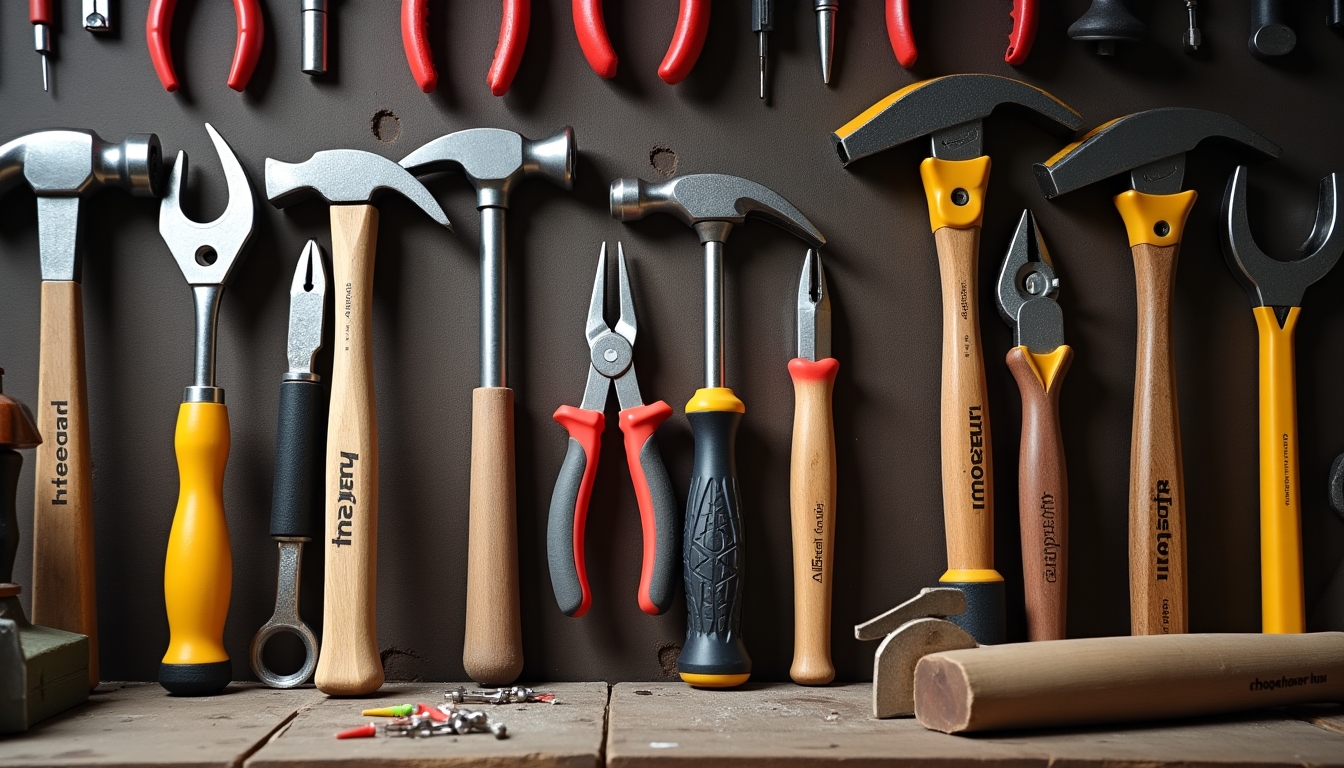Essential Chisels: A Woodworker's Must-Haves
Every woodworker, from novices to seasoned artisans, understands the need for reliable tools. Among these, chisels hold a special place, offering precision and control. This article unpacks the essential chisels in a woodworker's toolkit, combining practical advice with expert insights.
Woodworking is as much an art as it is a craft. It demands not just creativity but also precision and skill, fostered by the right tools. Chisels are instrumental in shaping wood and executing intricate designs. Beyond their utility, these tools extend an artisan's capability to express creativity through their work.
Types of Essential Chisels
Woodworkers generally keep an arsenal of chisels to tackle various tasks. Here’s a look at some of the most essential:
- Bench Chisels: Versatile and fundamental, suitable for general work like making mortise joints.
- Mortise Chisels: Hefty and robust, designed to remove large chunks of wood.
- Paring Chisels: Long and slender, these are perfect for delicate, precise shaving.
- Skew Chisels: Angled edge chisels used for turning tasks, such as creating beads.
Choosing the right chisel depends greatly on the specific needs of a project. Understanding the unique qualities of each helps in making informed decisions.
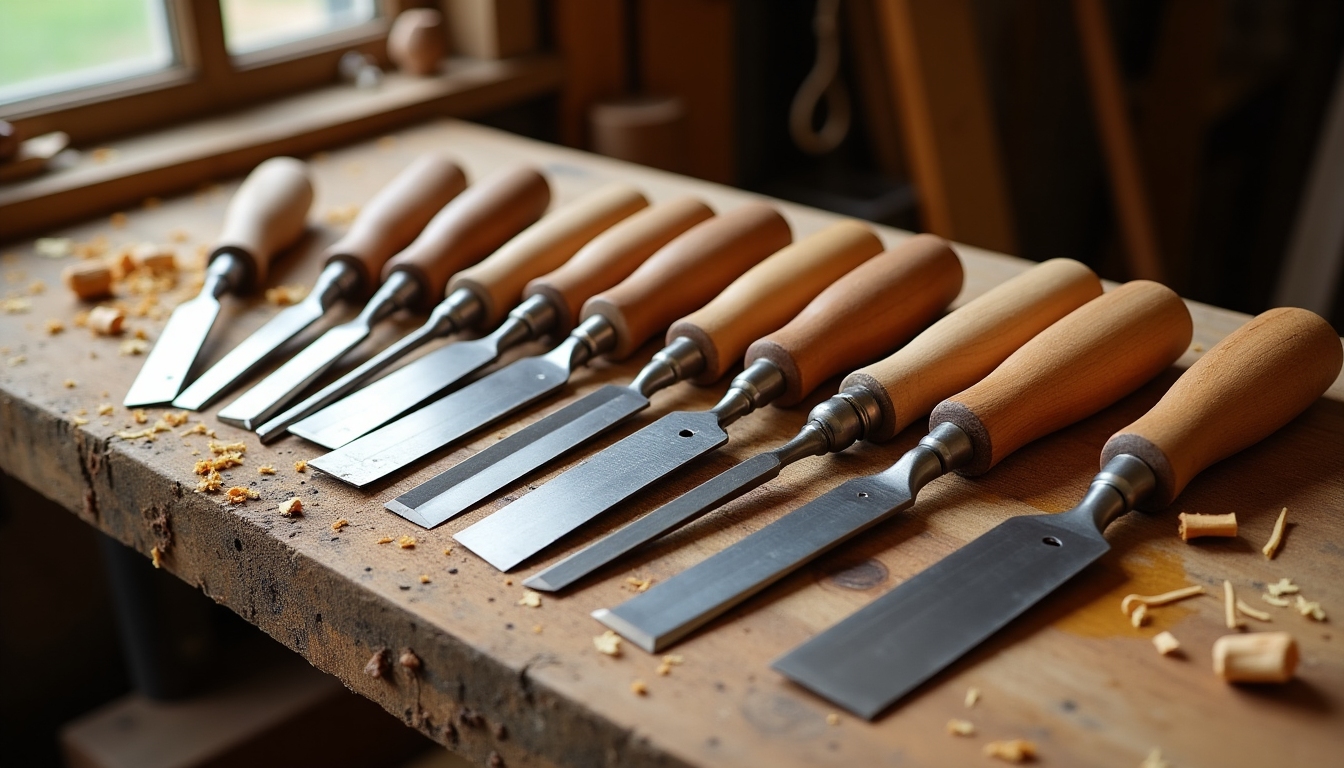
Personal Insights: Using Chisels Effectively
In my early woodworking days, I undervalued the selection of chisels, often trying to use one type for every task. Over time, I've realized the importance of matching the chisel type to the job. For instance, using a paring chisel for fine trimming has saved me time and frustration compared to a bench chisel. My advice? Don't skimp on quality, and ensure you use the right tool for the job.
Tips for Maintaining Your Chisels
Proper maintenance is crucial to keeping chisels sharp and effective. Follow these easy steps to prolong your chisels' life:
- Regular Sharpening: Use a honing guide for consistent sharpening angles.
- Blade Oil: Prevent rust by applying a light coat of oil.
- Proper Storage: Keep chisels in a tool roll to protect their edges.
These habits cultivate a longer lifespan for your tools, ensuring consistent performance in your projects.
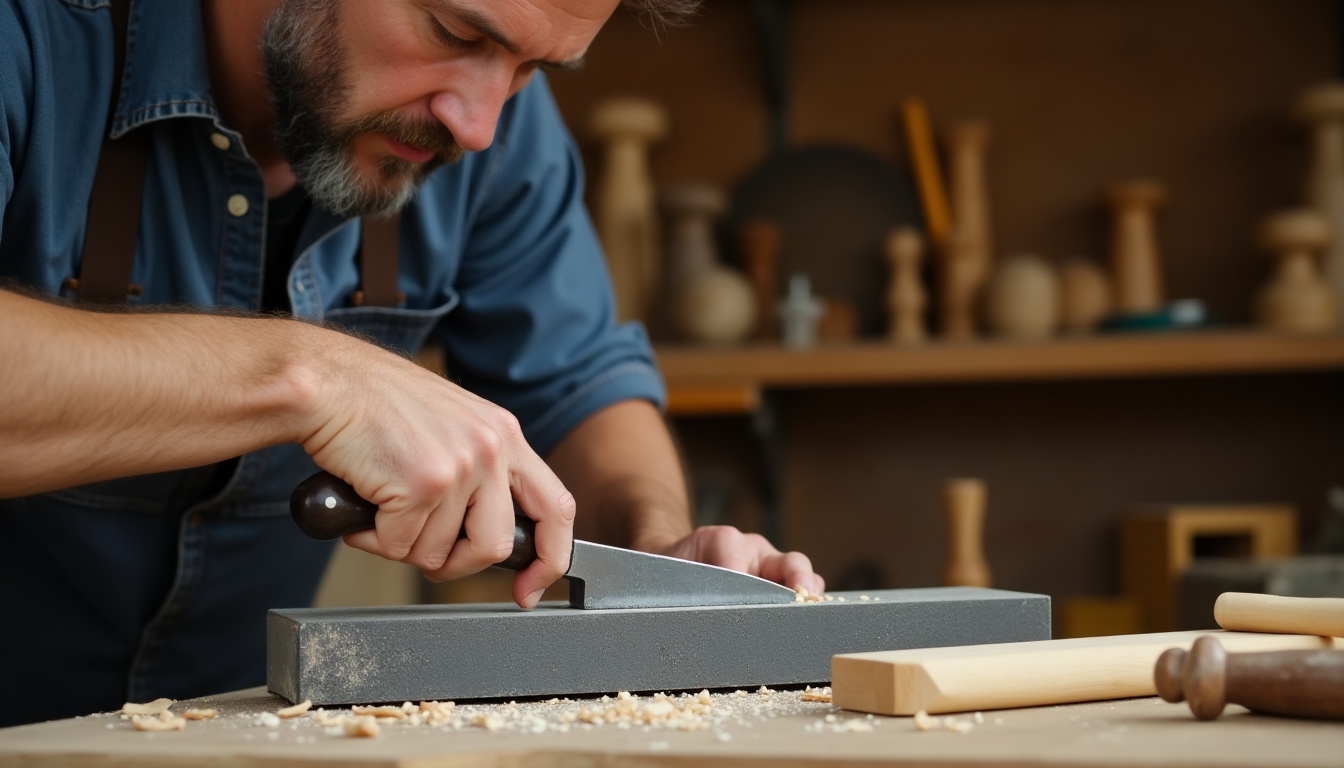
Selecting the Right Chisel Set
When selecting a chisel set, consider the following features:
- Blade Material: High-carbon steel blades offer durability and edge retention.
- Handle Comfort: Ergonomically designed handles reduce fatigue during prolonged use.
- Set Variety: Ensure the set includes various types for comprehensive utility.
Investing in a quality set can make a significant difference in your woodworking projects' outcomes and enjoyment.
Common Mistakes to Avoid
- Using Dull Blades: Always sharpen before starting a task to ensure precise cuts.
- Incorrect Grip: Holding the chisel incorrectly leads to less control and possible injury.
- Forceful Cutting: Rather than forcing, let the sharpness of the blade do the work.
Mindfulness in technique enhances both safety and the quality of the work.
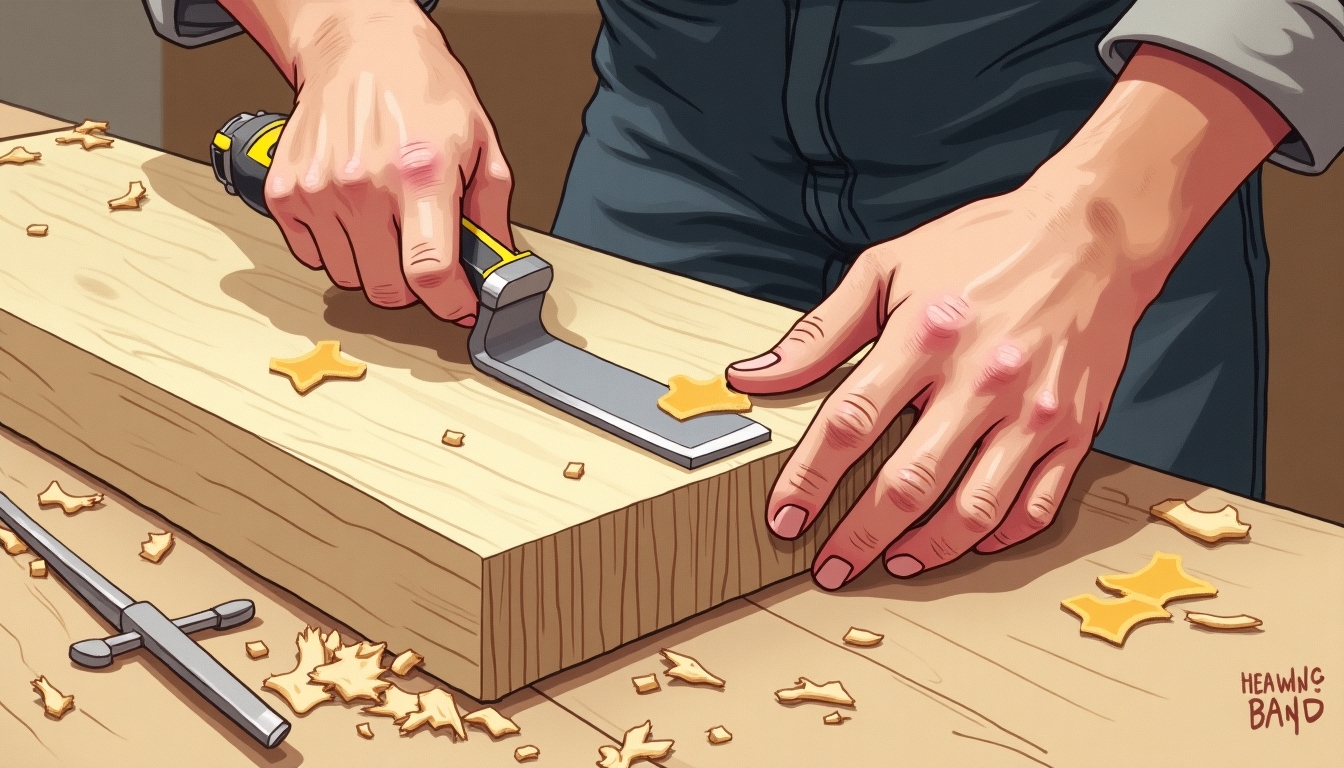
In Summary
Chisels are more than just tools; they are extensions of a woodworker's creativity and precision. By understanding the different types, maintaining them well, and using them correctly, one can achieve greater results in woodworking endeavors.
For those passionate about sharpening their skills, investing time in learning about chisels is invaluable. Remember, the right chisel, combined with the right technique, can elevate your craft to new heights.
Related essential chisels in a woodworker's toolkit:
- Choosing the Right Wood: Essentials for Woodworkers
- A Comprehensive Guide to Rotary Tools for Sanding and Polishing
- Essential Electrical Tools for Troubleshooting and Repair
- Ultimate Guide to Workman Tools for Electrical Work
- Must-Have Tools in a Painter's Toolkit
- Tool Belts with Customizable Pockets: Enhance Your Workflow
- Essential Maintenance Tips for Workman Tools
- Master Oscillating Tools for Tight Spaces: A Comprehensive Guide
- Exploring Ergonomic Workman Tools for Today's Craftsmen
- Essential Workman Tools for Electricians and Plumbers
- How to Choose the Right Wrench Size
- High-Quality Workman Tools: A Professional's Guide


